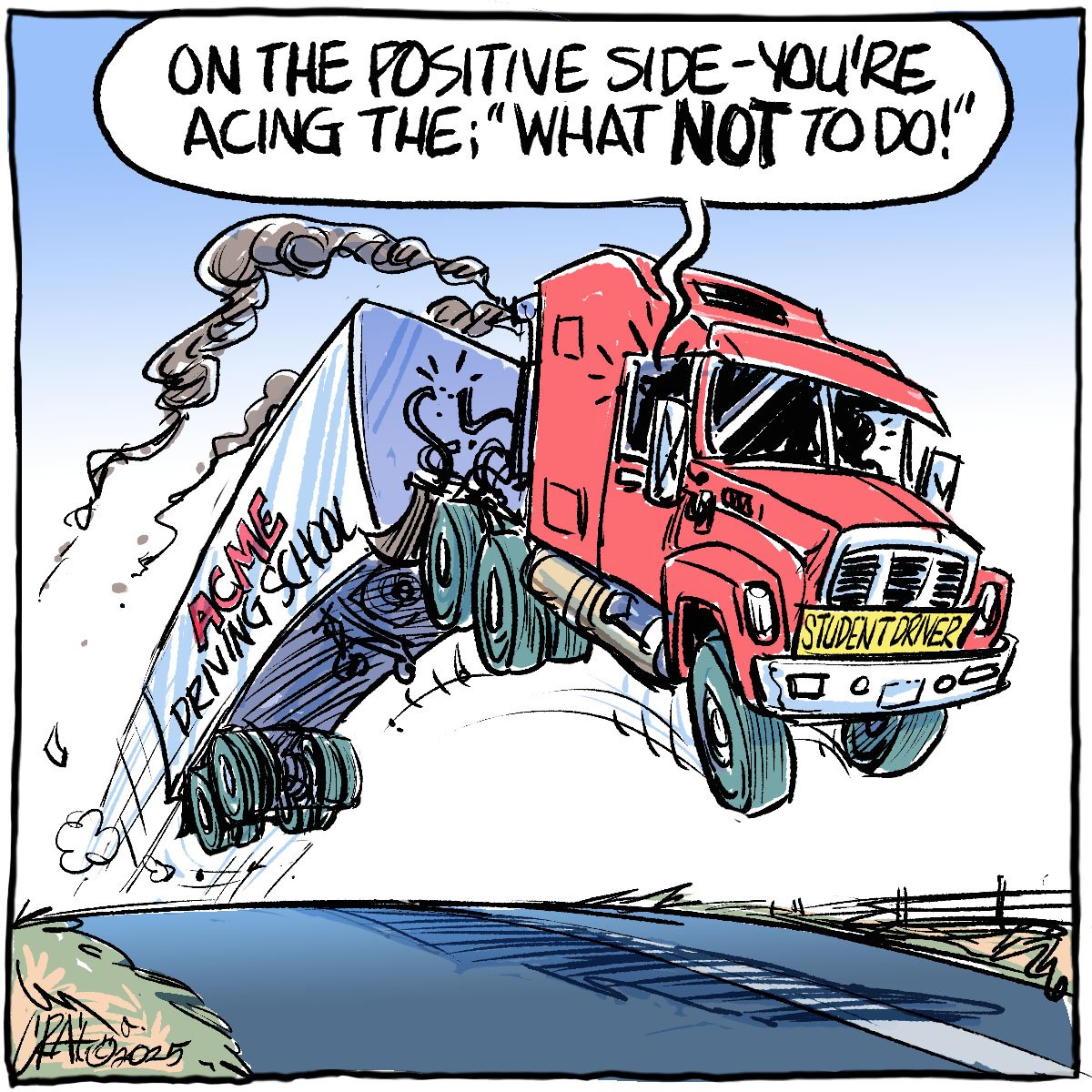I AM SO tired of hearing people argue that eliminating reserves would get rid of Indian poverty.
Our impoverishment has been caused by generations of discrimination, not the existence of parcels of land held in common by us through the crown.
To be fair, my comments are based largely on what is happening in Manitoba, where there has been much less progress on urban treaty areas than in Saskatchewan. There are about 20 UTAs in Saskatchewan while there has been hardly any progress in Manitoba.
Cautious provincial politicians and a few narrow-minded municipal leaders in our province have stopped the development of UTAs, which are often referred to as urban reserves, a name that I despise because it conjures up so many wrong ideas in the minds of people not familiar with the issue.
Read Also

Efforts to improve trucking safety must be applauded
The tragedy of the Humboldt Broncos bus crash prompted calls for renewed efforts to improve safety in the trucking industry, including national mandatory standards.
Perhaps our biggest problem in Manitoba is the media, particularly in Winnipeg where there is a sensationalist daily tabloid newspaper and a number of talk radio shows where noisy Rush Limbaugh wannabees stir up rather than educate people.
It is an environment where noise chases out thoughtfulness and simple-minded rhetoric trumps understanding.
I haven’t lived in Saskatchewan, but I wonder whether progress there in the 1980s and 1990s wasn’t made easier by the absence of these obnoxious forms of the media.
In Winnipeg, every time there is a hint of UTA development there are howls of protest from somewhere, followed by letters to newspapers – short, nasty letters – warning that the area in question will rapidly turn into an island of poverty: an area that has the characteristics of what they think of as a typical reserve.
But Canadians should understand that one of the reasons for poverty among First Nations is that the land they have lacks value. You might have 1,000 people living on property that isn’t much larger than what a single non-Aboriginal farmer grows crops on.
There is a saying in certain businesses, such as tourism and retail, that the three most important things are location, location and location. In other words, an enterprise can’t succeed unless the location is right.
For mining or forestry, you have to be where the natural resources are. Tourism projects must be near the attraction or at least on the major road leading to the attraction. And for many types of commercial development you have to be near or within a major population centre.
All things being otherwise equal, we would rather use treaty entitlement settlements to acquire land near our existing First Nations. After all, this is the territory that is dearest to our hearts.
However, we also know that in today’s economy there are limits to what we can do in our existing areas. I’m sure that the farmers and rural residents reading this column understand the difficulties facing economic development in areas away from major urban centres.
The golden age for development of the agrarian areas of the Prairies has come and gone. During almost all of that time Indian people were not allowed to participate in commerce. They were wards of the state.
As a result, there were no stores or businesses on reserves. Now many rural areas are slowly dying. Why would we restrict ourselves to investing only in those areas, especially when we still lack the major highway connections that a lot of towns and villages have?
First Nations are going to maximize the impact of what they can do in urban areas where they acquire land. These properties represent sparkling opportunities to create wealth – opportunities that never existed before.














